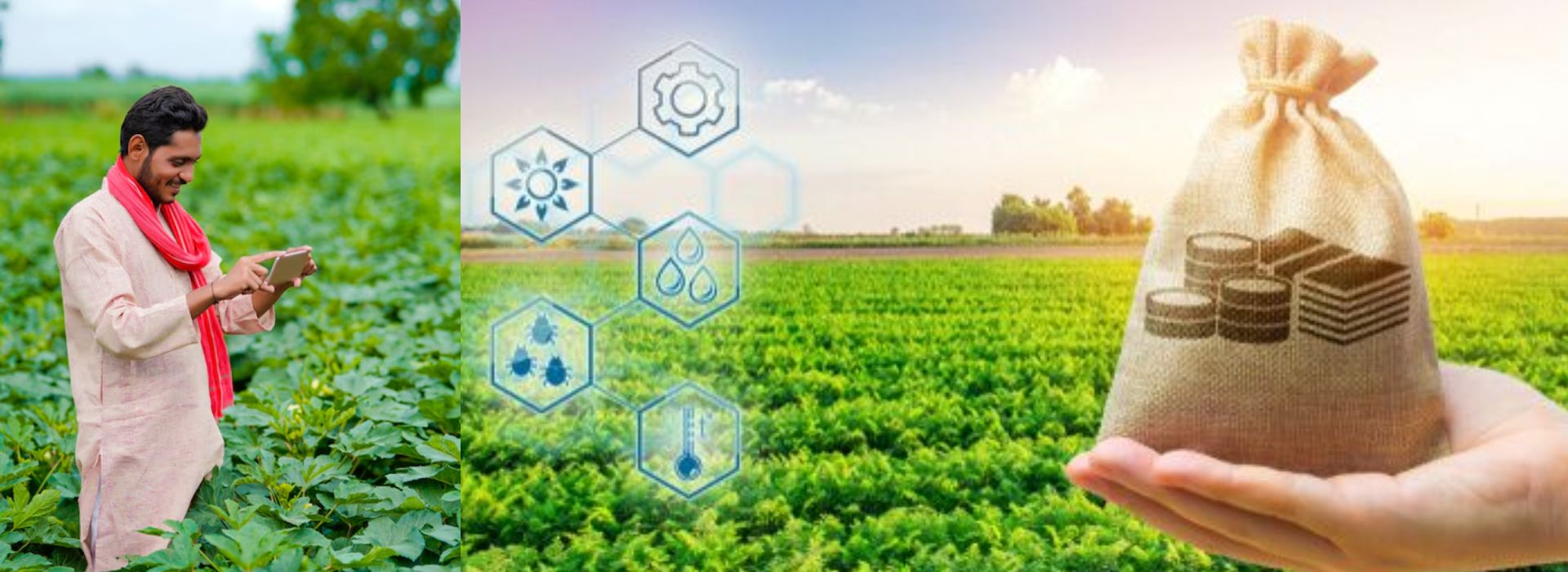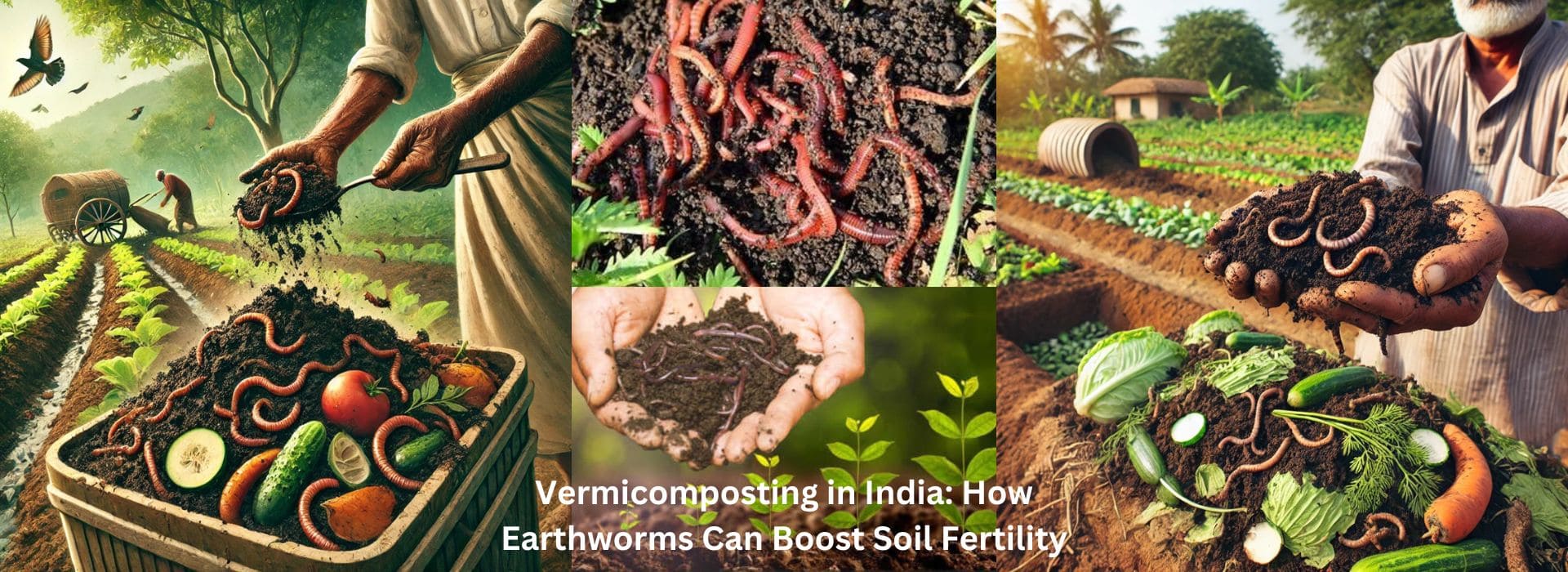Revolutionizing Rice Cultivation with Drip Irrigation
November 12, 2024Revolutionizing
Rice Cultivation with Drip Irrigation
Rice,
one of the most water-intensive crops, is a staple food for over half of the
global population. Traditional methods of rice cultivation, which involve flood
irrigation, use a staggering amount of water—nearly 3,000 to 5,000 liters to
produce just 1 kilogram of rice. Given the increasing scarcity of water and the
rising demand for food, a new approach is essential to ensure sustainable rice
farming practices. Enter drip irrigation—a water-efficient, environmentally
friendly system that has the potential to revolutionize rice cultivation.
In
this blog, we’ll explore how drip irrigation works for rice farming, its
benefits, challenges, and practical tips for implementing it.
A.
What is Drip Irrigation?
Drip Irrigation is a water-saving technique that delivers water directly to the
roots of plants through a network of pipes, tubes, and emitters. Unlike
traditional flood irrigation, drip irrigation minimizes water wastage by
applying water directly to where it’s needed—either on or below the soil
surface—allowing the plant roots to absorb it efficiently.
In
rice cultivation, this technique marks a significant departure from the
conventional practice of keeping paddy fields flooded. Instead, water is
delivered in controlled amounts, helping conserve this precious resource and
creating a more sustainable system.
B.
Why Use Drip Irrigation in Rice Farming?
With
the effects of climate change intensifying and water resources depleting, using
drip irrigation in rice cultivation offers a range of benefits:
1.
Water Conservation
Drip Irrigation can reduce water usage in rice farming by up to 50% compared to
traditional flood irrigation. This conservation is especially valuable in
water-scarce regions, where rice farming often competes with other needs for
limited water resources.
2.
Reduced Weed Growth and Pest Pressure
Flooded
fields promote weed growth, which competes with rice for nutrients and requires
additional labor and resources to manage. Drip irrigation applies water only to
the plant’s root zone, reducing water availability for weeds and making it
easier to control weed growth. Additionally, lower water levels in the field
decrease the habitat for pests and diseases that thrive in standing water,
resulting in healthier crops and reducing the need for pesticides.
3.
Improved Yield and Crop Quality
Because
drip irrigation provides consistent and targeted water delivery, rice plants
experience less stress from drought or overwatering, which can result in
healthier plants and better grain quality. Some studies have shown that rice
grown with drip irrigation can yield better crop quality and potentially even
higher yields compared to traditional methods.
4.
Efficient Fertilizer Use
Fertigation—the
practice of delivering fertilizers through the irrigation system—can be
seamlessly integrated with drip irrigation. This targeted application helps
ensure nutrients reach the plant roots directly, minimizing fertilizer loss to
runoff and evaporation. As a result, farmers can optimize their fertilizer
usage, reducing costs and minimizing environmental impacts.
5.
Reduced Greenhouse Gas Emissions
Flooded
paddy fields are a major source of methane emissions, a potent greenhouse gas.
By replacing flood irrigation with drip irrigation, rice farming can
significantly reduce methane emissions, contributing to more sustainable and
environmentally friendly farming practices.
C.
Challenges of Implementing Drip Irrigation in Rice Farming
While
drip irrigation holds considerable promise, there are some challenges to
consider when implementing it for rice cultivation:
1.
Initial Investment Costs
The
installation of drip irrigation systems requires a significant upfront
investment in equipment, including pipes, emitters, and pumps. Although the
costs can be offset over time through water savings and increased yields, the
initial expense can be prohibitive for small-scale farmers.
2.
Learning Curve and Training
Since
drip irrigation is not yet widespread in rice farming, many farmers may need
training to understand the system’s operation and maintenance. Proper
management is essential to ensure uniform water distribution and prevent issues
like clogging in the drip lines.
3.
Potential Compatibility Issues with Traditional Rice Varieties
Not
all rice varieties may adapt equally well to drip irrigation. High-yielding
varieties bred for flood irrigation may not perform as effectively with reduced
water inputs. Therefore, farmers may need to select rice varieties that are
well-suited for non-flooded conditions or adapt existing varieties to the new
system.
4.
Infrastructure and Water Pressure Requirements
Drip
irrigation systems require consistent water pressure to function effectively,
which can be challenging in regions with poor water infrastructure or
unreliable power supplies. Setting up a functional system may require
additional investment in water storage or pressurization equipment.
D.
Implementing Drip Irrigation in Rice Cultivation: Practical Tips
Here
are some tips for farmers considering drip irrigation in their rice fields:
1.
Conduct a Soil Test
A
soil test can reveal important details about soil texture, water-holding
capacity, and nutrient levels. Since drip irrigation applies water to a
specific area, understanding the soil’s characteristics can help optimize water
application rates and spacing between emitters.
2.
Choose Suitable Rice Varieties
Select
rice varieties that perform well under non-flooded conditions or varieties
specifically bred for reduced water needs. Short-duration and drought-tolerant
varieties may be ideal for drip-irrigated rice cultivation.
3.
Develop a Drip Irrigation Schedule
Since
rice typically requires more water during specific growth stages, create a
customized irrigation schedule that provides the right amount of water when
needed. During the vegetative phase, rice may need higher water inputs,
whereas, in the later stages, water demand may decrease.
4.
Integrate Fertigation Practices
Using
fertigation with drip irrigation allows for precise nutrient management.
Regularly monitor soil nutrient levels to adjust fertilizer applications as
needed, ensuring optimal crop health and reducing nutrient runoff.
5.
Regular Maintenance and Monitoring
Drip
irrigation systems can be prone to clogging, particularly if the water source
has high sediment content. Regularly check for blockages, flush lines, and
replace damaged components as necessary to maintain efficient water flow. A
well-maintained system will also reduce water wastage and increase the
longevity of the equipment.
E.
Success Stories: Drip Irrigation Transforming Rice Cultivation
The
shift to drip irrigation in rice farming has already yielded promising results
in several regions of India and beyond. Let’s take a look at a few success
stories:
- Maharashtra,
India: Farmers in Maharashtra adopted
drip irrigation for rice as part of a government-backed initiative. With
drip irrigation, they reduced water usage by up to 60% and observed a 15%
increase in crop yield. Farmers also reported fewer instances of pests and
diseases, leading to better quality produce.
- Andhra
Pradesh, India: In
water-scarce areas of Andhra Pradesh, drip irrigation has enabled rice
farmers to continue cultivating rice even during periods of low rainfall.
The system has helped farmers achieve better water management, reduce
dependency on external water sources, and lower input costs, resulting in
increased profitability.
- California,
USA: In the drought-prone state of
California, rice farmers have experimented with drip irrigation to reduce
water usage. Early trials showed that rice grown under drip irrigation
achieved yields comparable to flooded fields while using significantly
less water, highlighting the technique’s potential for drought-affected
areas.
These
examples illustrate the transformative impact of drip irrigation on rice
farming. By reducing water dependency, improving crop quality, and supporting
sustainable practices, drip irrigation holds the potential to reshape rice
cultivation for the better.
F.
The Future of Drip Irrigation in Rice Farming
As
water scarcity continues to be a pressing global issue, the shift toward
water-efficient practices like drip irrigation in rice farming is likely to
gain momentum. Government incentives, subsidies, and technology advancements
will play a critical role in accelerating the adoption of drip irrigation
systems.
Moreover,
as research into drought-tolerant and water-efficient rice varieties continues,
farmers may soon have more options that complement drip irrigation practices.
Additionally, ongoing innovation in affordable drip irrigation solutions could
lower the barrier to entry for small-scale farmers, making it a viable option
across different scales of rice farming.
Conclusion
Drip Irrigation represents a groundbreaking shift in rice cultivation. It offers a
sustainable and efficient approach to one of the world’s most water-intensive
crops, providing numerous benefits, including water conservation, reduced pest
pressure, improved yield, and lower environmental impact. Though there are
challenges in adopting this technology, the advantages are clear, making it an
essential tool for the future of rice farming.
For
farmers, agronomists, and policymakers, the adoption of drip irrigation in rice
cultivation could pave the way for a more sustainable, productive, and
water-conscious agricultural sector—benefiting both the environment and the
farming community.
At krishibazaar.in, you can find and buy various agricultural products. For agricultural guidance on selecting the most suitable products for your crops, please contact or WhatsApp at +917887880887






Guest reviews
No reviews found for this Blog